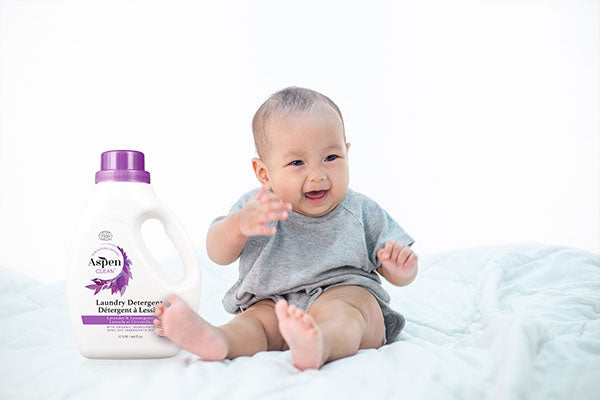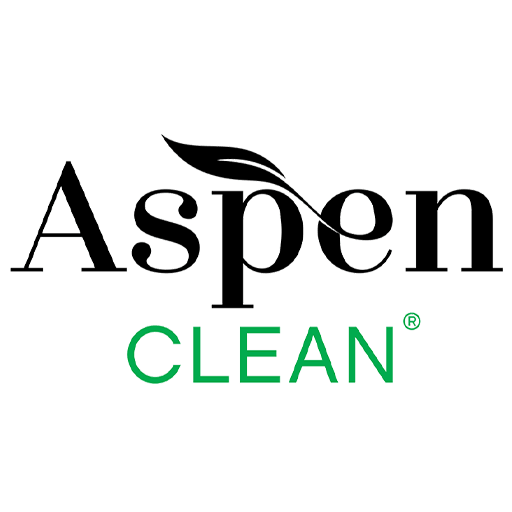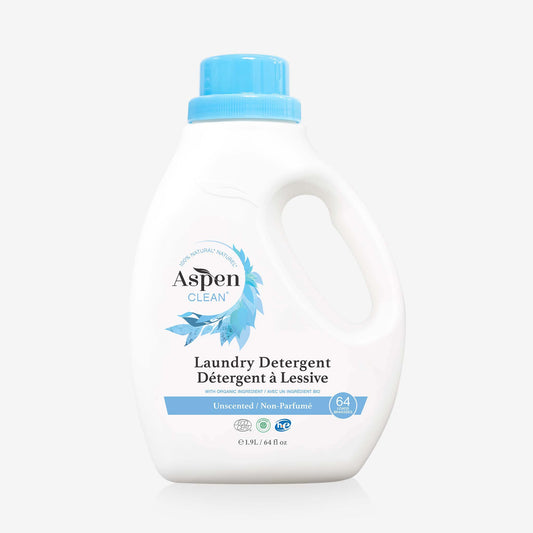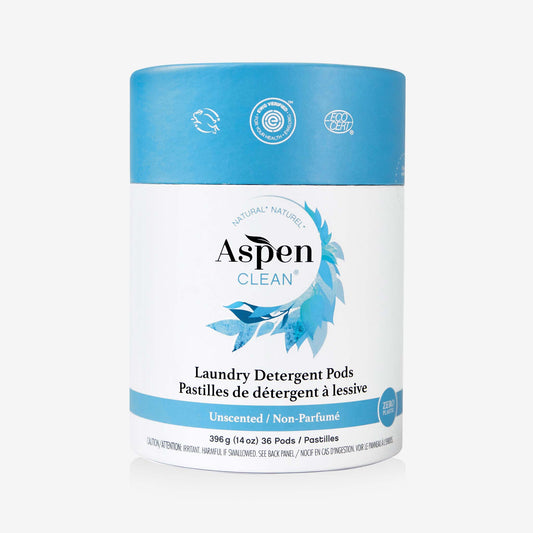In the last articles, we're explained why you should look for baby-safe cleaning products for your family, and what to look out for in a product - such as green certifications and ingredients. However, this means you have to do a lot of work and research to find a non-toxic cleaner.
The good news are, there are tools to help you in your research.
ENVIRONMENTAL WORKING GROUP
One of them is the Environmental Working Group (EWG). The EWG was formed in 1983 and is a US non-profit organization that is dedicated to protecting human health and the environment. They research a variety of products for their toxicity in order to allow consumer to make better choices. Their research and database includes cosmetics, sunscreen, cleaning products and many more.

HOW THE EWG WORKS
The EWG rates the products from A (lowest concern - no or few known or suspected hazards to health or the environment) to F (highest concern - potentially significant hazards) based on the weight-percentage of their ingredients' ratings. That product rating indicates the relative level of concern posed by exposure to the ingredients in this product compared to other product formulations.
The ingredient ratings are based on published scientific literature and include know and suspected hazards to human health and/or the environment. Even though the EWG is a US organization, the published scientific literature they use includes research not only from the Environmental Protection Agency (EPA), Food and Drug Administration (FDA) and National Toxicology Program (NTP), but also from the European Union, which typically has stricter rules on chemicals than North American legislation.
As such, the EWG points out not only health hazards and published by the US government and its organizations, but also suspected health and environmental dangers. Therefore, their health concerns include ingredients that are allowed in less stringent eco standards, such as ethoxylated alcohols and sodium lauryl sulfate (SLS) and sodium laureth sulfate (SLES), which are contaminated by carcinogens ethylene oxide and 1,4-dioxane.
INCOMPLETE LISTS OF INGREDIENTS AND NON-SPECIFIC INGREDIENTS
While we start struggling when a manufacturer doesn't supply a list of ingredients, the EWG team of scientists, policy experts, lawyers, communication experts and programmers researches the manufacturer's website and publications to determine which ingredients are making up the product.
Non-specific ingredients like "non-ionic surfactant" or "coconut-derived surfactant" - which really don't tell us anything, since SLS and SLES as non-ionic surfactants as well - are penalized by being left out of the total score, so that hiding a potentially bad ingredient behind such a non-specific name doesn't give the end product a better rating. All fragrances are automatically rated D for high concern with likely hazards to health or the environment.

EWG'S GUIDE TO HEALTHY CLEANING
In EWG's Guide to Healthy Cleaning, there is a mix of green and conventional cleaning products. However, many supposedly green and non-toxic cleaning products with eco-certification like Safer Choice, Green Seal or EcoLogo have a rating other than A. In fact, only 5.5% of all the bathroom cleaners listed on EWG are rated A, which means that a whopping 94.5% show a potential for hazards to health or environment.
Even worse, 37.3% of all bathroom cleaners in the database have actually been rated F, with highest concerns for health and environmental hazards! The kitchen cleaners are only slightly better, with 6.5% of the products A-rated, and a shocking 29% rated F. And many of those F-rated products include brands that are generally considered to be eco-friendly, and have green certification!
BRANDS WITHOUT EWG RATING
As a concerned parent, you are probably already checking the rating for the cleaning products you currently have in your home. But while EWG's product database is extensive and growing all the time, it might not include the product you are searching for. What does that mean for the product?
At first glance, nothing much. There are hundreds of brands, thousands of products, and they keep getting re-formulated all the time - how can a database have them all reviewed and rated? So it is not surprising that the EWG doesn't list all brands and products.
However, getting a product rated by the EWG is completely free - the manufacturer does not have to pay in order to get their products reviewed and the rating published in their database. Therefore, it seems strange that some cleaning product manufacturers, especially of "green" cleaners, don’t have any EWG ratings for their products. If the product is truly eco-friendly and non-toxic, they should want to have it rated and published in EWG's database - unless they have something to hide!
BABY-SAFE CLEANING PRODUCTS
Together with a recognized and stringent eco-certification, an A rating in EWG's Guide to Healthy Cleaning will show you which cleaning products have little to no health risks for your little one. Even better, since EWG doesn't only rely on the list of ingredients on the product labels, they can also identify some hidden ingredients manufacturers would like to keep secret. So you can use EWG's Guide to Healthy Cleaning (and other consumer guides) to find products that are non-toxic and therefore safe to use around your family.

AspenClean and all our products are certified by Ecocert, with strict standards for the toxicity of ingredients, allowed suppliers and manufacturing processes. All of our products are rated A by the EWG, and are 100% natural, hypoallergenic and completely baby-safe.





